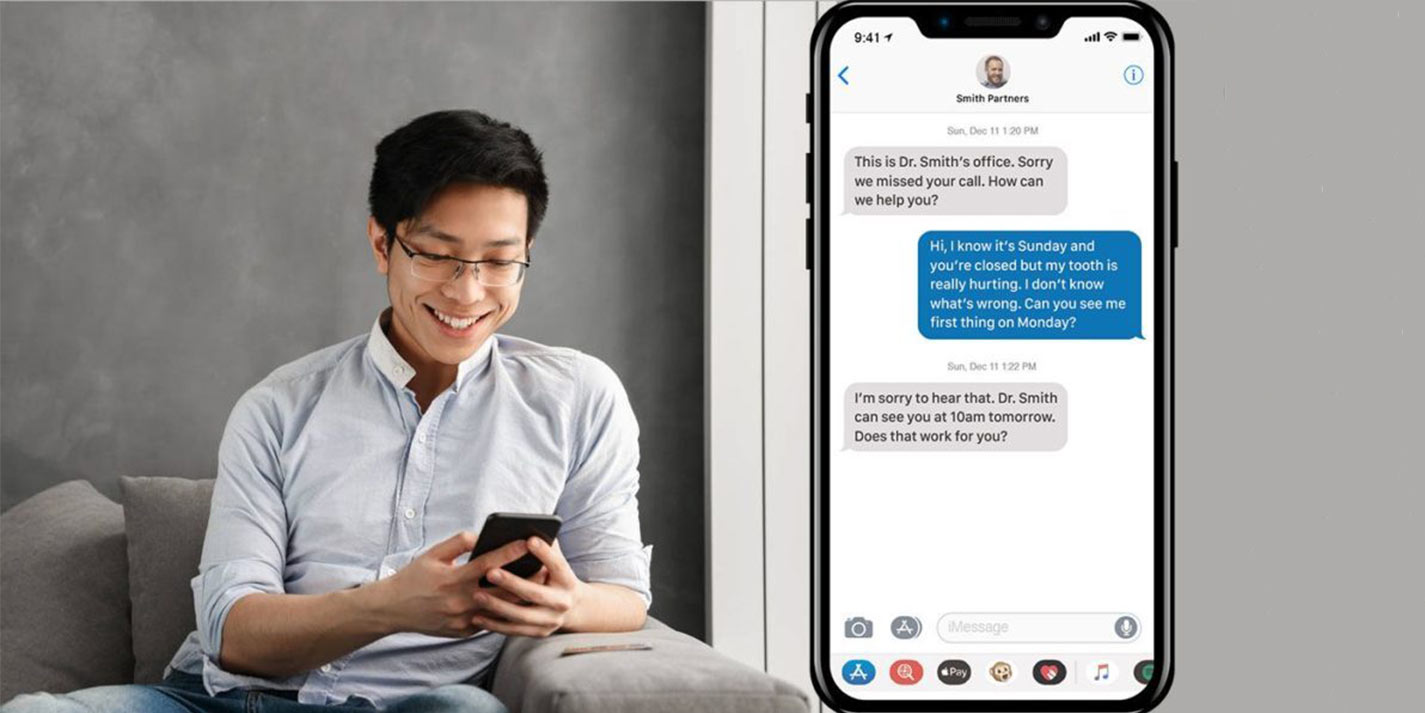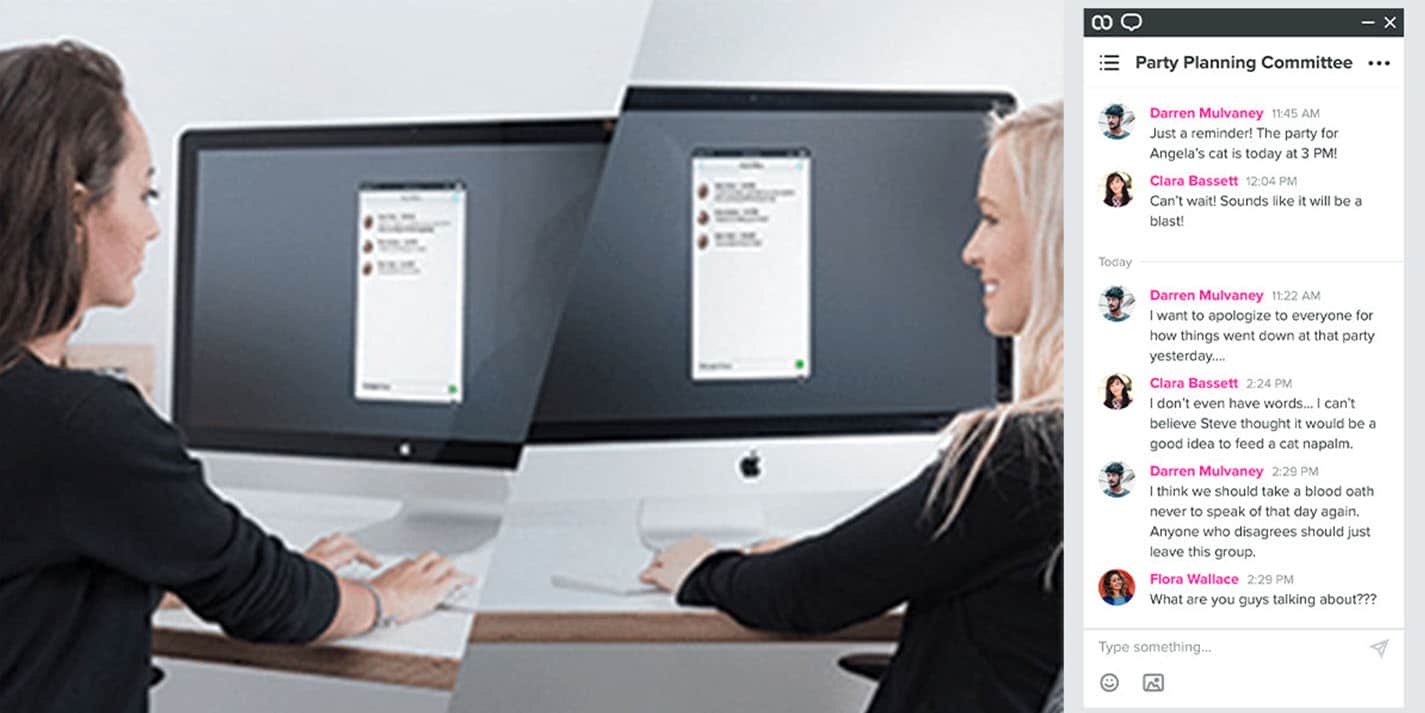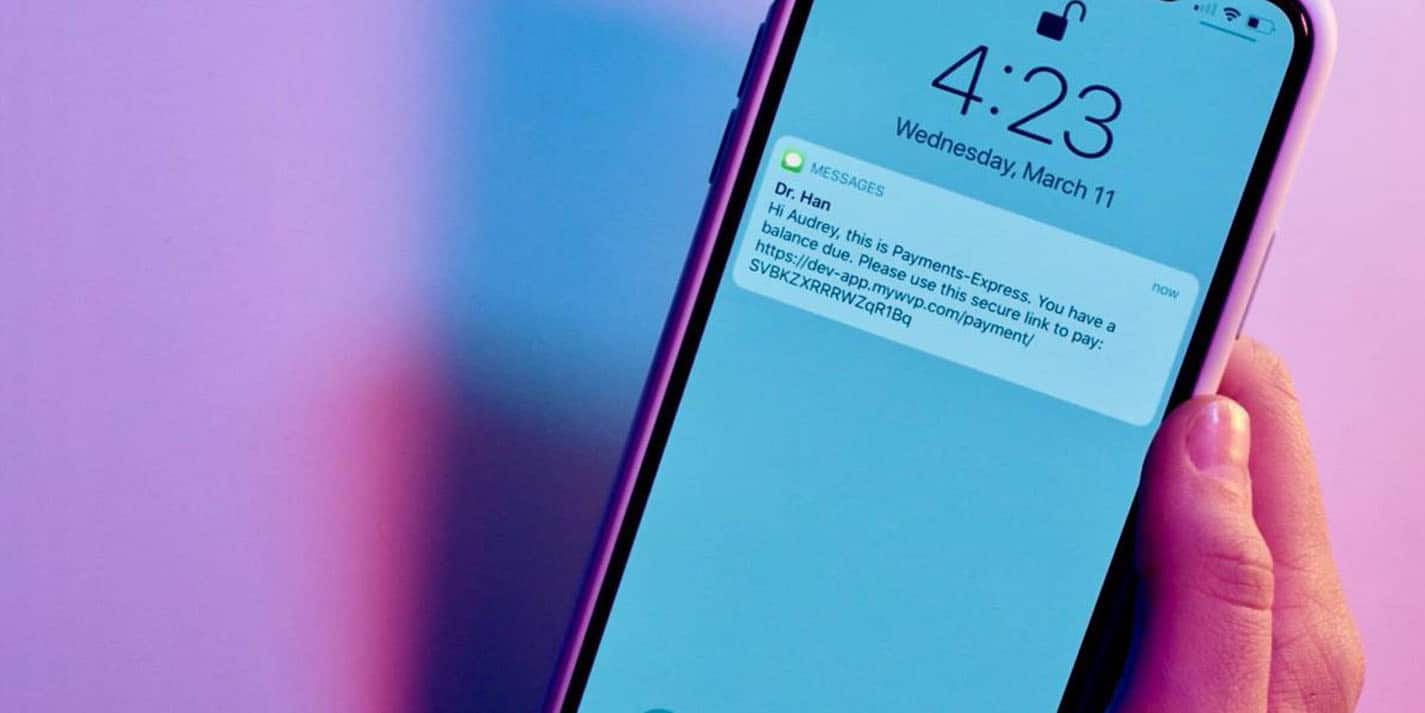
6 Reasons Why Most Businesses Are Switching to Contactless Tools & Processes
21st century communication is undergoing a transition. This change is being spurred on by a number of factors, including rapid technological developments and major global events. As our society responds to the various political, social, and economic forces shaping both policy and practices, it’s crucial that businesses lead in the switch to better forms of communication.
What do these better forms of communication look like? The methods that are appealing to businesses and consumers right now increase the speed of communication while also improving the quality of their interactions. In other words, the best ways for businesses to communicate with their customers end up optimizing their relationships.
Most businesses already utilize many of the lines of communication necessary to manage a modern organization. However, some have yet to take full advantage of the potential of communication tools to maximize their business’s efficiency.
Going “contactless” is a critical way to optimize your business communication. This term doesn’t mean your business should ignore or neglect customers; it means cutting down on inefficient forms of communication in order to focus on the essential services you provide your customers.
Contactless tools and processes protect employees and clients from health risks, save all parties from wasting significant amounts of time, and increase revenue for businesses.
Let’s consider six reasons why the majority of businesses are switching to contactless tools and processes.
1. Customers love texting

Historically, businesses have relied heavily on face-to-face interactions to build rapport with their clients. Recent concerns about the spread of diseases have led to a shift in how businesses prioritize in-person conversations. While it’s still crucial that businesses render high quality service to customers, there’s an on-going move to reduce the amount of in-person contact outside of these essential services.
Although text messages seem less direct than phone calls, they’re wildly popular with the general public. This popularity is conveyed by text message open rates: 98% of text messages are opened by recipients.¹ Because text messages are so well-received by consumers, businesses should be relying on them as a contactless communication solution.
Two-way text messaging for businesses allows administrative teams to hold multiple conversations at once instead of cycling through endless phone conversations. Texting also lets offices set up virtual waiting rooms, which prevent germs from spreading to their employees and customers. Texting makes it easier for customers to ask questions from a distance as opposed to approaching the front desk.
Consumers, especially millennials, are looking for businesses that give them the option to text. They want to reduce non-essential contact with businesses in order to keep themselves healthier and save themselves time. By offering a text option to their clients, businesses have the opportunity to expand their clientele base and revenue stream.
2. Scheduling is easier by text
With recent fluctuations in hours of operation due to safety concerns and government regulations, it’s become imperative that businesses optimize their scheduling mechanisms. Writing appointments on a calendar after consulting with a customer is standard practice for most businesses. However, following up with contactless tools is becoming an additional, integral part of the scheduling process.

Scheduling is primarily done by administrative teams, but automated scheduling allows for less in-person contact. This automation is performed through communication software that lets offices distribute appointment reminders and confirmations without manually contacting each and every client.
Mass dispersal of appointment reminders and confirmations gives employees more time to concentrate on other tasks around the office. It also protects them from having to hold non-stop conversations at the front desk.
Customers are likewise protected from undue physical contact by scheduling appointments through text messaging. They also have the luxury of responding at their own pace. Receiving well-timed reminders and confirmations makes it more likely that customers will show up for their appointments on time, ready to comply with your business’s health and safety protocols. "Amazing technology has simplified our {client} communication immensely! We are fairly new and can't wait to learn even more Weave features... customer service and tech support is SPOT ON and can't be beat! " - The Eye Station
Weave Helps Streamline Business Communication
3. Team chat lets you work remotely
Because of recent events, businesses are putting more priority on having some of their team work from home when necessary. This trend comes from the desire to protect employees from health hazards and to improve office efficiency. Under these conditions, constant calling and texting are less than ideal forms of communication.
Establishing a team chat for your business can allow you to work as a unified group in spite of having to work remotely. It also creates a record of communication that can be referenced in the event of confusion. Getting your team on a single chat reduces in-person contact without sacrificing team rapport.

86% of employees cite a lack of collaboration or ineffective communication² for their workplace failures. With many offices having their employees working remotely at least part of the time, there’s a serious danger of causing further flare ups of ineffective communication. Implementing a team chat can help mitigate this possibility.
Customers benefit greatly from office teams that are on the same wavelength with each other. When clients hear conflicting messages from one organization, they lose trust. Maintaining good internal communication in a contactless environment keeps customers coming back through your doors, boosting your profits.
4. Payments are now digital
Previously, all payments required some form of physical transaction. Whether businesses accepted cash, checks, or cards, they usually had to handle paper or plastic in order to accept payments. These transactions are slower than more modern payment solutions and present more of a health liability.
Contactless payments are now possible for businesses of all sizes. These payment solutions include both mobile wallets and text payments. Mobile wallets have to be scanned, but still circumvent tapping and swiping. Text payments alleviate customers from having to make payments in-person altogether.

Your employees are protected from contamination when your business converts to digital payments. By scanning smartphones or simply sending a text payment request, your team avoids the potential for disease spread. They also end up saving on the amount of time they spend processing payments.
Many consumers are looking to frequent businesses that provide digital payment options. A recent survey commissioned by Weave revealed that businesses offering customers four or more payment options increased their revenue by 29%.Contactless payment tools are key for forward-thinking businesses.
5. An online presence is more important than ever
In the past, businesses built their reputation by word-of-mouth, media advertisements, and other traditional means. The advent of the internet began to change marketing strategies, and now that almost every consumer has internet access in the palm of their hands, it’s more important than ever to establish an online presence.
Perhaps the best way for small businesses to gain an advantage through their online reputation is with online reviews. A large number of positive reviews on major review sites such as Google, Facebook, and Yelp should be central to the marketing strategy of every business. Businesses used to gather reviews from customers with a form and a clipboard, but modern technology allows them to send review requests by text.
Just like scheduling and payment texts, review requests are able to be automated with business communication software. This contactless approach to review collection helps administrators spend less time gathering and entering reviews. It also gets rid of the need for passing pens and papers back and forth that transmit germs.
After their appointments, customers receive a review request by text that includes a link to a prominent review site. Once they click on the link, it’s simple for them to write a short review and post it to the site. If your office’s services are satisfactory, your online ratings will improve your status in search engine results, all without unnecessary contact.
6. Email is a cost-effective way to share information
Though many businesses use email on a regular basis, some have not unleashed the full potential of this marketing tool. They don’t utilize the convenient email marketing software that’s available for non-experts, and their campaigns suffer because of it.
Email is a powerful tool for conveying vital information without having face-to-face conversations. While calling and texting let people know about critical updates to your business, they often leave out significant details. By developing a consistent email outreach, businesses maintain good social distancing with their customers and also keep their clientele informed about scheduling, policy, and educational opportunities.
Email marketing software lets your staff create professional emails in a short period of time. This software includes pre-written templates, an image library, and eye-catching links to increase customer engagement. Sharing information through this contactless approach also protects staff from health risks.
The majority of customers have indicated that they want businesses to share promotions and discounts through email. With people working from home and sitting behind a computer more than ever, emailing should be a major part of switching your office to contactless communication.
Learn about Weave’s contactless solutions
We hope you’ve gained an understanding of the reasons for switching to as many contactless tools and processes as possible in order to deal with the challenges of running a business in the 21st century.
Texting, automated scheduling, team chats, digital payments, online reviews, and email marketing are all tools for making your business contactless. These tools not only protect your employees and customers from health threats, they also improve your efficiency and increase your profits.
To discover how Weave’s complete business toolbox promotes contactless communication, connect with us today for a free demo.